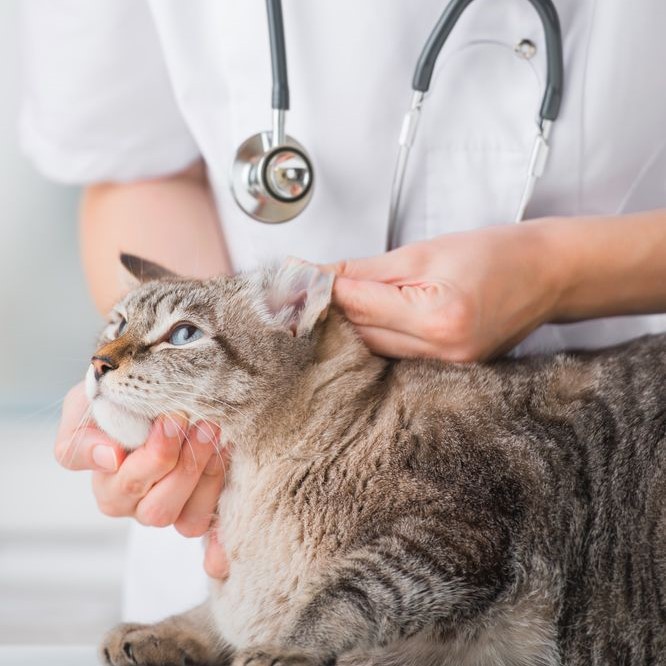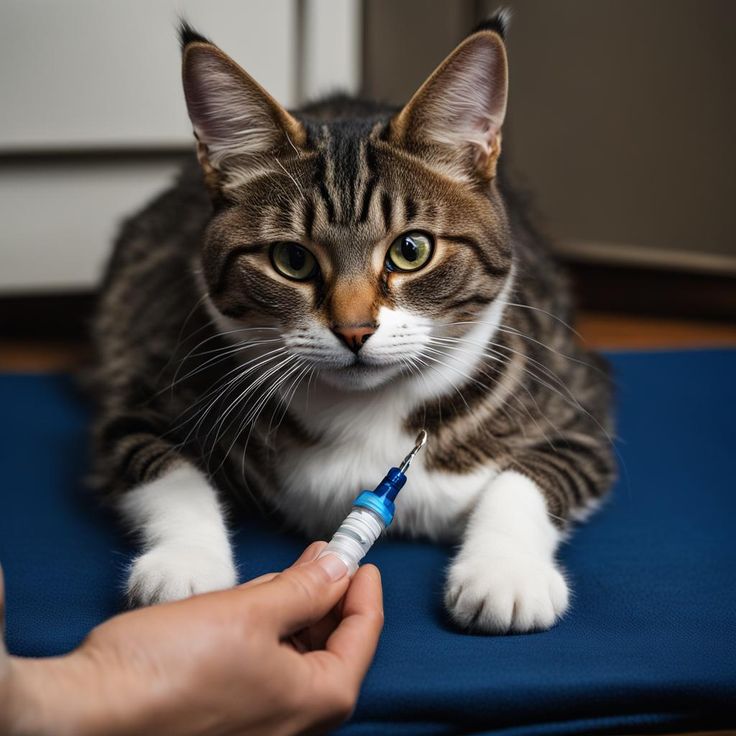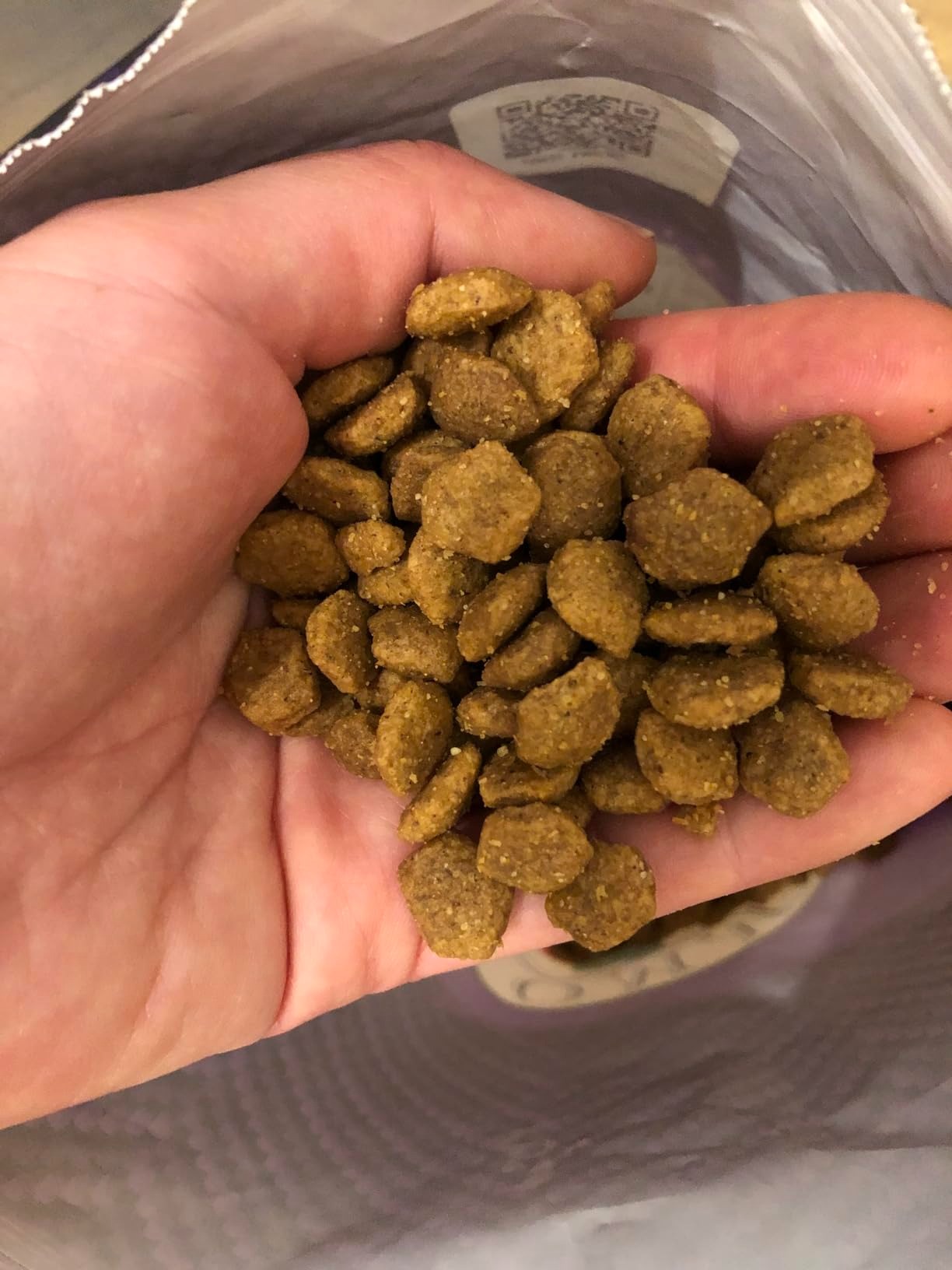Introduction
As a cat owner, you may sometimes notice unusual growths on your feline friend, leading to concerns about their health. Among the various skin conditions that cats can experience, cat skin tags are relatively common yet often misunderstood. What exactly are these growths? Are they normal? Should you be worried? In this article, we will explore the characteristics, causes, and treatment options for cat skin tags, empowering you with the knowledge needed to make informed decisions about your pet’s well-being.

Understanding the nature of these skin tags can help you differentiate between harmless growths and more serious health concerns. By familiarizing yourself with the facts about cat skin tags, you can provide better care for your furry companion and take appropriate actions when necessary.
What Are Cat Skin Tag?
1. Definition of Skin Tags
Cat skin tags are small, soft growths that hang from the skin. They are typically flesh-colored or slightly darker, depending on the cat’s coat. Here’s what to know:
- Characteristics: These growths can vary in size but are commonly less than an inch in length. They often appear as little flaps or bumps on the skin and can be found in various locations, such as around the neck, underarms, or near the eyes.
- Texture and Mobility: Skin tags are usually smooth and soft, and they may move freely when touched. They do not cause pain or discomfort, and most cats will not react negatively when these tags are handled gently.
2. Causes of Skin Tags
While the exact cause of cat skin tag is not completely understood, several factors may contribute to their development:
Age
- Increased Incidence in Older Cats: Skin tags are more frequently observed in older cats, particularly those over the age of ten. As cats reach this age, they experience natural physiological changes that can lead to the formation of skin tags.
- Skin Changes with Aging: As a cat ages, its skin becomes thinner and less elastic. Additionally, the production of collagen may decrease, which affects the skin’s overall integrity. These changes can contribute to the likelihood of skin tags developing.
- Benign Growths: While skin tags are common in older cats, it is crucial to understand that they are typically benign. Unlike tumors or other growths that may emerge, skin tags generally do not pose a significant health risk. Monitoring for changes in their size or appearance is wise, but most do not require intervention.
- Regular Veterinary Check-ups: For aging cats, regular veterinary check-ups become increasingly important. These appointments allow for the assessment of skin conditions and any other age-related issues. Early detection of changes in skin tags can help ensure your cat’s ongoing health and comfort.
Genetic Predisposition
- Specific Breeds at Higher Risk: Certain cat breeds may be genetically predisposed to develop skin tags more frequently than others. Although skin tags can appear in any cat, research indicates that some breeds exhibit a higher tendency for these growths.
- Commonly Affected Breeds: Breeds such as the Siamese, Burmese, and Himalayan have shown a tendency to develop skin tags over time. While genetic factors can influence the formation of skin tags, it’s still essential to remember that individual experiences may vary, and not every cat of these breeds will necessarily develop them.
- Understanding Genetic Influence: Genetic predisposition can influence various physical characteristics in cats, such as skin texture and resilience. These factors, in turn, may affect how a cat’s skin responds to age-related changes and environmental irritants, making some cats more susceptible to skin tags.
- Consulting with Breeders: If you are considering adopting a specific breed, consulting with reputable breeders can provide insight into common health issues associated with that breed. Understanding the genetic health risks may help you prepare for your cat’s long-term needs.
Environmental Factors
- Impact of Irritants: Cats that are exposed to environmental irritants may be at a higher risk of developing skin tags. Factors such as collars that fit too tightly, rough surfaces, or allergens can lead to irritation or inflammation of the skin.
- Importance of Proper Collar Fit: A well-fitting collar is essential for your cat’s comfort and skin health. Collars that are too tight can create friction against the skin, potentially leading to the development of skin tags or other skin conditions. Regularly check the fit of your cat’s collar and ensure it allows for comfortable movement.
- Environmental Conditions: Factors such as humidity, temperature fluctuations, and exposure to allergens can contribute to skin irritation. Cats that live in environments with high levels of pollen, dust, or other irritants may be more likely to experience skin issues, including skin tags.
- Minimizing Irritation: To help reduce the risk of skin irritation, ensure your cat’s living environment is clean and comfortable. Regular grooming can help remove loose fur and dander, minimize allergens, and allow for early detection of any skin changes.
- Monitoring Changes in Environment: If you notice any new skin tags in your cat, consider if there have been changes in their environment, such as new household products, different bedding materials, or even changes in diet that might have caused skin reactions.
Are Cat Skin Tags Normal?
1. Frequency of Occurrence
Yes, cat skin tags are relatively common and usually harmless. Many cats will develop one or more skin tags as they age. Here’s why they are not typically a cause for concern:
- Benign Nature: In most cases, skin tags do not result in any pain or discomfort for your cat. They’re considered benign growths, meaning they do not pose a health threat.
- Common in Cats: Many cats will have skin tags at some point in their life, particularly as they get older. Their prevalence highlights that this condition is often part of the normal aging process.
2. Signs to Watch For
While skin tags are generally normal, it’s essential to be aware of any changes that might necessitate further investigation:
- Size Changes: If a skin tag grows significantly or changes color, it’s a good idea to consult your veterinarian. A sudden change can be a sign of an infection or other underlying issues.
- Discomfort and Irritation: If your cat starts to show signs of discomfort, such as excessive scratching or biting at the skin tag, it may indicate irritation or infection. In this case, seeking veterinary advice is advisable.
When to See a Veterinarian
1. Signs Indicating Potential Issues
Pet owners should monitor their cat for any specific signs that might suggest a problem with a skin tag:
- Bleeding or Discharge: If you notice any bleeding or discharge from a skin tag, this could indicate irritation or a potential medical concern. It’s essential to seek veterinary care immediately.
- Changes in Texture or Appearance: Watch for changes in texture, such as roughness or crusting. This might signal that the skin tag requires further evaluation.
2. Diagnostic Procedures
If you take your cat to the vet because of a worrying skin tag, here are some common diagnostic methods that may be employed:
- Visual Inspection: The veterinarian will visually inspect the skin tag, assessing its size, color, and overall condition.
- Biopsy (if necessary): If there is uncertainty about the nature of the growth, the vet might recommend a biopsy. This involves taking a small sample of the skin tag for laboratory analysis, allowing for a definitive diagnosis.
Treatment Options
1. Monitoring vs. Intervention
In many cases, treatment may not be necessary for cat skin tag:
- Routine Monitoring: As long as the skin tag remains unchanged and does not cause discomfort, routine monitoring can suffice. Regular check-ups with the veterinarian will help ensure your cat stays healthy.
- Surgical Removal: If the skin tag becomes problematic or bothersome (for example, if it gets caught on objects), surgery may be an option. The veterinarian can remove the skin tag safely and effectively.
2. Veterinary Guidance for Skin Tag Removal
If surgery is warranted, here’s what you can expect:
- Anesthesia: The veterinarian will administer anesthesia to keep your cat comfortable during the procedure.
- Post-Operative Care: Following removal, your vet will provide aftercare instructions to ensure proper healing. This may include watching for signs of infection and restricting your cat’s activity temporarily.
Prevention and Care
1. Maintaining Overall Skin Health
While not all skin tags can be prevented, focusing on your cat’s overall health can reduce the likelihood:
- Balanced Diet: Ensure your cat receives a proper diet rich in essential nutrients. Maintaining a healthy weight can also reduce stress on their skin.
- Regular Grooming: Regular grooming helps prevent matting and allows you to inspect your cat’s skin for any unusual growths. This proactive approach makes it easier to catch skin tags early.
2. Healthy Environment
- Safe Space: Create an environment that minimizes factors that cause skin irritation. For instance, avoid tight collars and ensure that your cat is safe from rough surfaces that could lead to skin problems.
- Routine Check-ups: Schedule routine vet visits to monitor your cat’s overall health. Regular examinations will help identify any skin issues or other health concerns before they become serious.
Conclusion: Embracing the Reality
In conclusion, cat skin tags are typically harmless growths that many felines experience as they age. Understanding their characteristics, causes, and the normalcy of their occurrence can help alleviate concerns for cat owners. While these tags generally don’t require treatment, monitoring for changes and maintaining regular veterinary check-ups is essential.
By promoting a healthy lifestyle and being proactive in your cat’s care, you can ensure their well-being. Additionally, embracing the facts about cat skin tag allows you, as a pet owner, to cherish your feline companion while appreciating their unique qualities. Always consult your veterinarian if you have questions or concerns—your cat’s health and happiness are paramount. With the right knowledge, you can confidently care for your furry friend and navigate any skin-related issues that may arise.













